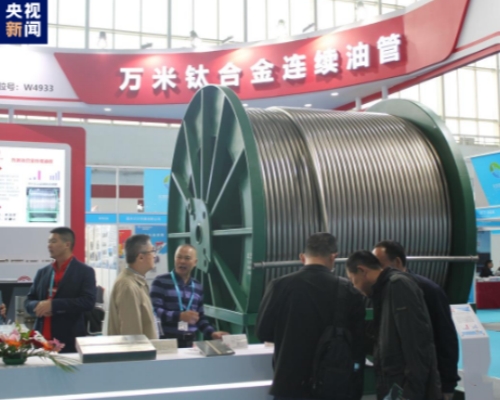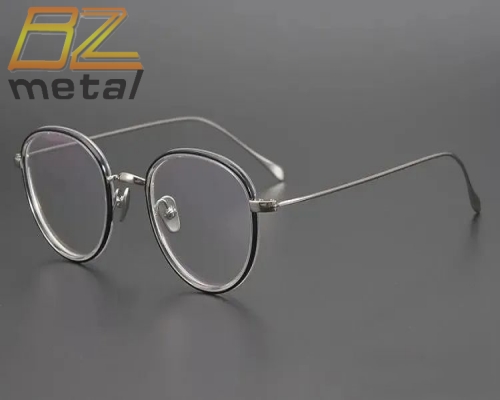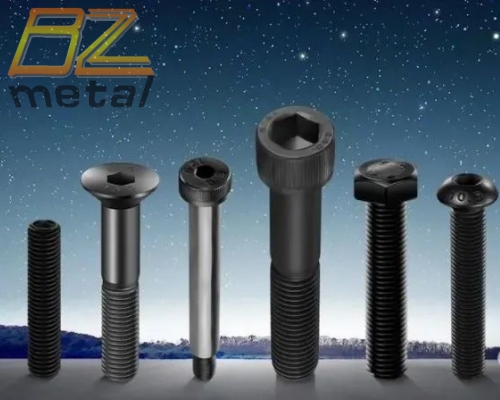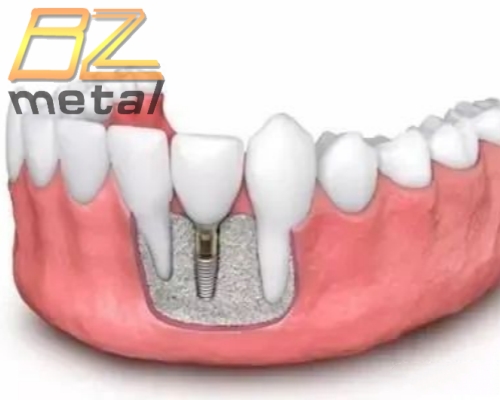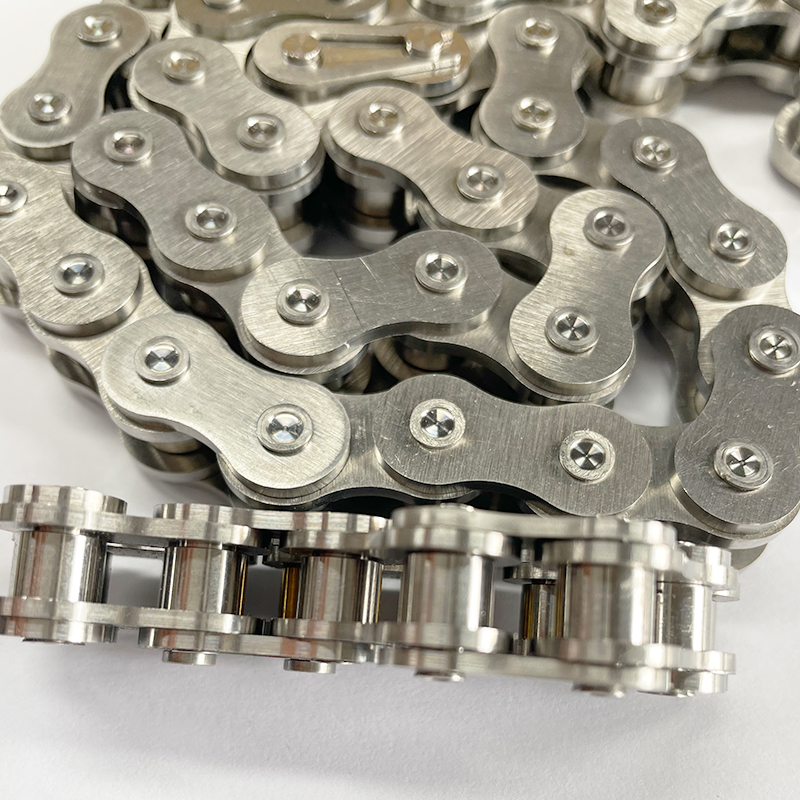Several Measures To Improve The Fatigue Strength Of Welded Structures
Several Measures To Improve The Fatigue Strength Of Welded Structures
1. Reducing the stress concentration and fatigue crack source at the stress concentration point of the welded joint and structure, and all means to eliminate or reduce the stress concentration can improve the fatigue strength of the structure.
1.1 Adopt a Reasonable Structure
1.1.1 Give priority to butt joints and try not to use lap joints; it is important to change the T-shaped joints or corner joints to butt joints so that the welds avoid the corners; when using T-shaped joints or corner joints, it is desirable to use fully permeable butt welds.
1.1.2 Try to avoid the design of partial load, so that the transmission of internal forces of the components is smooth and evenly distributed, and does not cause additional stress.
1.1.3 To reduce cross-section mutations, when the thickness or width of the board is very different and needs to be buttoned, a gentle transition zone should be designed; the sharp corners or corners of the structure should be made into an arc shape, and the larger the radius of curvature, the better.
1.1.4 Avoid the spatial convergence of three-way welds, try not to set the welds in the stress concentration area, and try not to set the transverse welds on the main tensile components; when unavoidable, it is necessary to ensure the internal and external quality of the welds and reduce the stress concentration at the welds.
1.1.5 Butt welds that can only be welded on one side are not allowed to place permanent pads on the back of important structures; intermittent welds are avoided because there is a high stress concentration at the beginning and end of each weld.
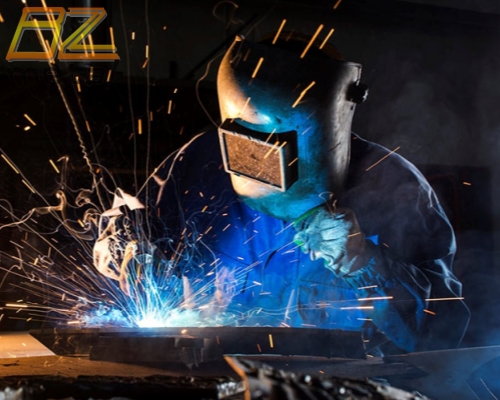
1.2. Correct Weld Shape And Good Internal And External Quality Of The Weld
1.2.1 The residual height of the butt joint weld should be as small as possible, and it is best to plan (or grind) flat after welding without leaving any residual height;
1.2.2 It is best to use angle welds with concave surfaces for T-joints, rather than angle welds with convex surfaces;
1.2.3 The welding toe at the junction of the weld and the surface of the base material should transition smoothly, and the welding toe should be ground or argon arc remelted if necessary to reduce the stress concentration there.
Any welding defect has varying degrees of stress concentration, especially sheet welding defects, such as cracks, unsoldered, unfused, and bite edges, which have the greatest impact on fatigue strength. Therefore, in the structural design, it is necessary to ensure that each weld is easy to weld to reduce welding defects, and at the same time, defects that exceed the standard must be removed.
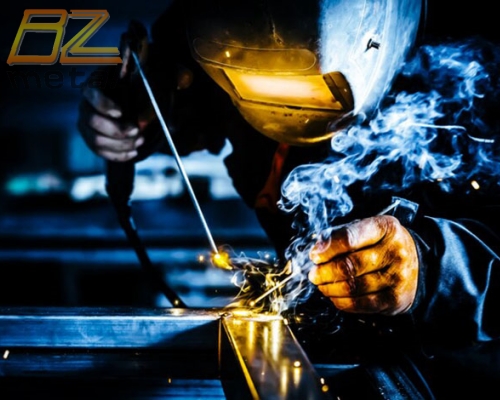
2. Adjust The Residual Stress
The residual compressive stress present on the surface of the component or at the stress concentration can improve the fatigue strength of the welded structure. For example, by adjusting the welding sequence, local heating, etc., it is possible to obtain a residual stress field that is conducive to improving the fatigue strength. In addition, surface deformation strengthening, such as rolling, hammering or shot peening, can be used to plasticize the metal surface and harden it, and residual compressive stress can be generated on the surface to achieve the purpose of improving fatigue strength.
For notched components, one-time pre-overload stretching can be used to obtain residual compressive stress at the top of the notch. Because after elastic unloading, the symbol of the residual stress of the notch is always the opposite of the symbol of the notch stress during (elastic-plastic) loading. This method should not be overloaded with bending or stretched multiple times. It is often combined with structural acceptance tests, such as when a pressure vessel is subjected to hydrostatic tests, it can play a role in pre-overload stretching.
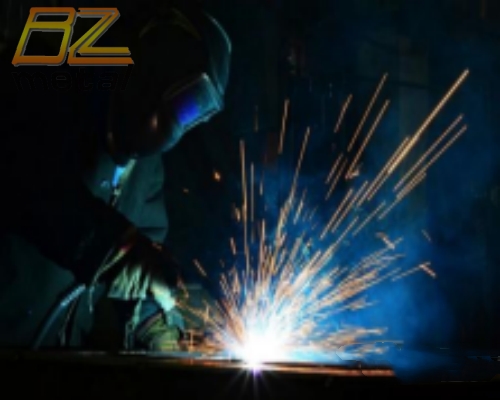
3. Improve The Organization And Performance Of Materials
3.1, improving the fatigue strength of the base material metal and the weld metal should also be considered from the inherent quality of the material. The metallurgical quality of the material should be improved and the inclusions in it should be reduced.Important components can be made of materials from smelting processes such as vacuum smelting, vacuum degassing, and even electroslag remelting to ensure purity; fine-grained steel at room temperature can improve fatigue life; the best tissue state can be obtained through heat treatment. While improving strength, it can also improve its plasticity and toughness; tempered martensitic, low-carbon martensitic and lower bainite tissues have high fatigue resistance.
3.2, the strength, plasticity and toughness should be reasonably matched.Strength is the ability of a material to resist fracture, but high-strength materials are sensitive to gaps. The main role of plasticity is through plastic deformation, which can absorb deformation work, reduce stress peaks, and redistribute high stress. At the same time, the notches and crack tips can be passivated, and the crack expansion can be eased or even stopped. Plasticity can ensure that the strength effect is fully played.
3.3, for high-strength steels and ultra-high-strength steels, trying to improve their plasticity and toughness will significantly improve their fatigue resistance.
4. Special Protective Measures
Atmospheric media erosion often has an impact on the fatigue strength of the material, so it is advantageous to adopt a certain protective coating. For example, coating a plastic layer containing filler at the stress concentration is a practical improvement method.

